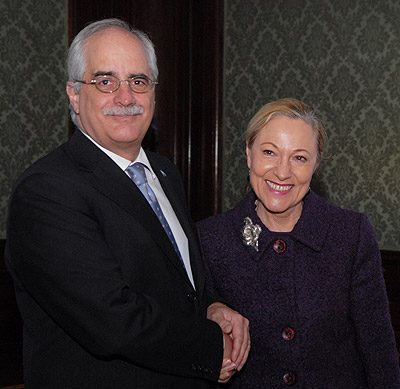 Newspapers, both print and digital, organize information through sections. With this system, the reader can more easily search for what interests him the most. One of the traditional sections is the so-called Letter from the readers, also known as Letters to the editor.
Newspapers, both print and digital, organize information through sections. With this system, the reader can more easily search for what interests him the most. One of the traditional sections is the so-called Letter from the readers, also known as Letters to the editor.
As its name indicates, it is a letter written by a reader with the purpose of giving his opinion on a current topic.
From a historical point of view, British newspapers were the first to introduce this section in the 18th century. From a journalistic perspective, readers' letters are integrated into the opinion genre.
If one of the letters that make up the section stands out from the others for any reason, it is often presented in a more striking format.
The purpose of this section
All newspapers have a specific editorial line. Thus, each one of them defends specific values and political ideals. The section dedicated to readers aims at the interaction between the media and society as a whole.
It should be noted that in this section it is customary for the newspaper to expressly specify that it is not responsible for the opinions of its readers and that all letters must specify the full name of the person responsible for them. On the other hand, the media proposes that the letter not be excessively long.
Different approaches
Readers can turn to the newspaper for all kinds of proposals. Some of the possible approaches are the following: complaints about social situations, reflections on current controversies, points of view for or against a burning issue or letters of thanks intended for a public service. Sometimes readers turn to the newspaper to disagree with a piece of information or to engage in a discussion with one of its contributors.
Comments in the digital press have displaced the traditional section
 Although readers' letters continue to form part of the newspapers, with the advent of the digital press there has been a change in approach. The online press allows readers to comment and evaluate the news from any point of view.
Although readers' letters continue to form part of the newspapers, with the advent of the digital press there has been a change in approach. The online press allows readers to comment and evaluate the news from any point of view.
Although the comments and expressions of the readers have an obvious similarity, they are two different options. The comments are usually very brief, with a casual style and being protected by anonymity they allow all kinds of daring. Instead, the letters from the readers are more formal and with a more careful style.
Photos: Fotolia - Daniel Berkmann / Rogatnev









